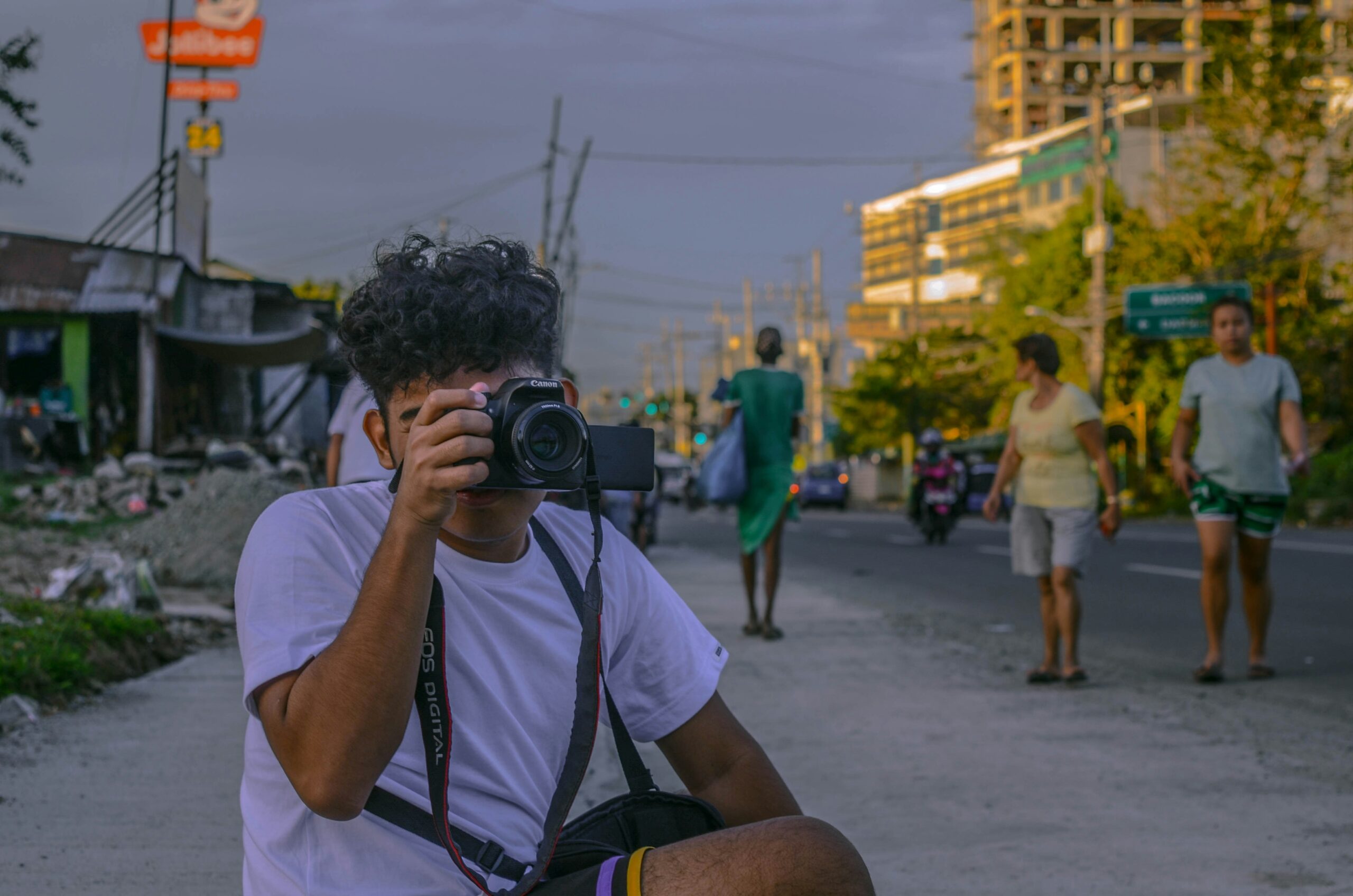
Travel photography is far more than capturing beautiful landscapes or iconic landmarks. It is the art of seeing—the ability to recognize moments, emotions, and experiences that speak beyond words. Each photograph has the potential to tell a story, documenting not just a place but the life and culture that give it meaning. A picture can freeze a fleeting smile, a bustling street scene, or the serenity of a quiet lake, turning transient experiences into lasting memories.
The true power of travel photography lies in its ability to transport the viewer. When approached thoughtfully, an image can evoke the scent of spices in a marketplace, the sound of waves crashing on a distant shore, or the warmth of sunlight in a remote village. Skilled photographers don’t just capture what they see—they translate the essence of a location into a visual story that resonates with anyone who encounters it.
Perspective Shapes the Narrative
Perspective is one of the most critical tools in a travel photographer’s arsenal. It allows the artist to highlight aspects of a scene that might otherwise go unnoticed. Low angles can emphasize grandeur or dominance, overhead shots can reveal intricate patterns, and selective focus can draw attention to the details that matter most. Each choice in framing alters the story conveyed to the viewer.
Perspective is not purely technical—it is also emotional and culturally influenced. Understanding a place and its people informs the way a photograph is composed. Photographers who immerse themselves in local culture gain insights into authentic moments, capturing gestures, expressions, and interactions that reflect the heart of a community. By combining technical skill with cultural awareness, photographers create images that are both visually stunning and deeply meaningful.
The Role of Light in Storytelling
Light is the painter of emotions in photography. Its quality, direction, and intensity influence the tone and mood of every image. Morning light can bathe a village in a soft glow, creating a sense of calm and warmth, while harsh midday sun can illuminate the vibrancy of a busy market. Twilight, with its soft shadows and muted colors, can add a sense of mystery or introspection to a scene.
Mastering light is not only about aesthetics—it’s about storytelling. The interplay of light and shadow can convey drama, highlight textures, and evoke emotion. Travel photographers who understand and manipulate light can transform ordinary moments into compelling narratives, turning landscapes, streetscapes, and portraits into visual stories that linger in the mind.
Capturing Culture and Human Connection
At the heart of travel photography is humanity. Portraits, street scenes, festivals, and rituals convey the identity, history, and values of the people who inhabit a place. Engaging with subjects respectfully is crucial. Genuine smiles, candid interactions, and authentic expressions communicate more than staged photographs ever could. Each person photographed becomes a storyteller, offering insight into the community and enriching the narrative of the photograph.
Culture is not limited to people—it extends to architecture, cuisine, clothing, and daily routines. Observing these details allows photographers to create layered stories that celebrate diversity and authenticity. The most memorable travel photographs capture the vibrancy of life, blending cultural elements with personal perspective to craft images that educate, inspire, and resonate universally.
The Adventure Behind the Lens
The journey of travel photography is as important as the final image. Exploration, curiosity, and adaptability define the photographer’s experience. Some of the most extraordinary shots arise from patience, serendipity, or the willingness to embrace the unexpected. Whether wandering through crowded alleyways, hiking remote trails, or navigating unfamiliar cities, photographers encounter stories waiting to be told at every turn.
Timing is everything. Anticipating action, reading human behavior, and observing the environment ensure that each frame captures authenticity. By remaining present and responsive, photographers can seize fleeting moments that others may overlook. This attention to detail transforms photography into a narrative art form, allowing viewers to experience the journey through the photographer’s eyes.
Editing with Intention
Post-processing is the final chapter in visual storytelling. Thoughtful editing enhances the mood, highlights key elements, and ensures the narrative is straightforward. Color grading, exposure adjustments, and selective cropping can emphasize emotion, guide attention, and unify a series of images into a cohesive story.
Ethical editing preserves authenticity. Travel photography should communicate truth, not fiction. The goal is to enhance, not manipulate, allowing the viewer to connect with the reality of the moment. When done carefully, editing strengthens storytelling, transforming individual images into a series that immerses the audience in the sights, sounds, and spirit of a location.
Sharing Stories Across the Globe
Travel photography is a bridge between cultures, connecting people across continents. Sharing images online, in exhibitions, or through publications allows audiences to experience the world from a new perspective. A single photograph can spark curiosity, evoke empathy, and inspire exploration. It can also educate, highlighting social, environmental, or cultural issues in ways that words alone cannot.
Through storytelling, photographers encourage viewers to look more closely, notice the details, and appreciate the richness of life in all its forms. Whether documenting a bustling market in Asia, a serene European village, or a hidden desert oasis, images that tell stories create emotional connections and foster understanding across borders. Travel photography thus becomes more than art—it becomes a universal language.
Leaving a Lasting Impression
The ultimate goal of travel photography is to have an impact. Images that tell meaningful stories educate, inspire, and connect people in lasting ways. They celebrate humanity, honor cultural heritage, and reveal the beauty of the natural world. A photograph can be a catalyst for reflection, exploration, and empathy, leaving impressions that endure long after the viewer has seen it.
Photographers who approach their craft with curiosity, respect, and intention create work that transcends visual appeal. Each frame becomes a testament to the journey, the people encountered, and the experiences lived. Through the lens, travel photography transforms moments into stories, reminding us that the world is full of narratives waiting to be discovered, shared, and cherished.